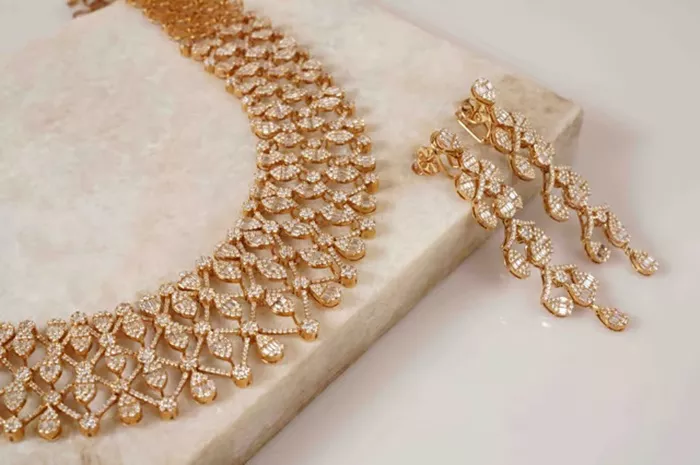Yazd, a historic city in central Iran, has been officially recognized as the world city of traditional and handcrafted jewelry by the World Crafts Council (WCC). The announcement marks a major cultural achievement for Iran on the global stage.
The Minister of Cultural Heritage, Tourism and Handicrafts, Seyyed Reza Salehi-Amiri, congratulated the people of Yazd and the nation on this honor. He called the recognition a strong symbol of how Iran’s ancient traditions continue to inspire modern creativity.
“This title proves the rich cultural and artistic strength of Yazd,” Salehi-Amiri said at a press conference on Monday. “It also shows that our cultural diplomacy is working well to boost Iran’s global image and strengthen our social identity.”
The WCC’s decision came after a detailed evaluation, which included an expert visit to Yazd earlier this year. The team met with local artisans, inspected production sites, and reviewed how the city meets global standards in traditional jewelry-making.
Salehi-Amiri credited the achievement to the cooperation between local officials, private businesses, and Yazd’s community of skilled craftspeople. He said their combined efforts in creating and promoting jewelry helped secure this global title.
“This success is a good example of how grassroots efforts and government support can work together,” he said.
Yazd is no stranger to international recognition. In 2017, it became the first historic city in Iran to be listed as a UNESCO World Heritage Site, thanks to its well-preserved old town.
The minister said this new recognition adds another layer to Yazd’s global reputation. “It’s a step forward for Yazd and helps strengthen its position in the world’s cultural network,” he noted.
Salehi-Amiri also stressed the value of handicrafts to Iran’s economy. “Yazd’s traditional jewelry combines old techniques with unique beauty,” he said. “It can help us play a bigger role in the global market for cultural products.”
Zargari: The Ancient Art of Jewelry Making in Yazd
The craft of goldsmithing, known as Zargari, has a long history in Yazd. Experts believe it dates back about 2,000 years. This ancient art has been handed down from generation to generation. Its unique methods make Yazdi jewelry nearly impossible to copy.
Some of Yazd’s jewelry pieces are over 500 years old and can only be found in the city. The jewelry stands out because it is made with 20-karat gold, compared to the more common 18-karat gold used elsewhere in Iran.
Archaeological evidence from Mehriz, a historic area near Yazd, includes jewelry from the Parthian era, further proving the city’s long tradition in jewelry-making.
One of Yazd’s most famous jewelry items is the “Chin-Abi” chain. It is named for its special production technique. The chain is known for its flexibility, which is meant to imitate flowing water. It is made from fine gold filaments, thin rods, and 20-karat gold rings. Craftsmen sometimes add silver or copper alloys for extra detail.
Other traditional techniques include “Hel Malileh Yazdi,” “Toop Malileh Yazdi,” and “Hel va Gol-e Yazd.” These chain-making styles are unique to the region and reflect the deep skill of Yazdi artisans.
These techniques have been officially listed as part of Iran’s intangible cultural heritage. This ensures that the knowledge and skills will be passed on to future generations.
Related topics:
- Emerging Jewelers Accelerator Program Welcomes Second Group of Entrepreneurs
- Police Investigate Second Jewelry Swapping Robbery in South Bay
- Celebrate Earth Day with Sustainable Jewelry from Feast Jewelry


